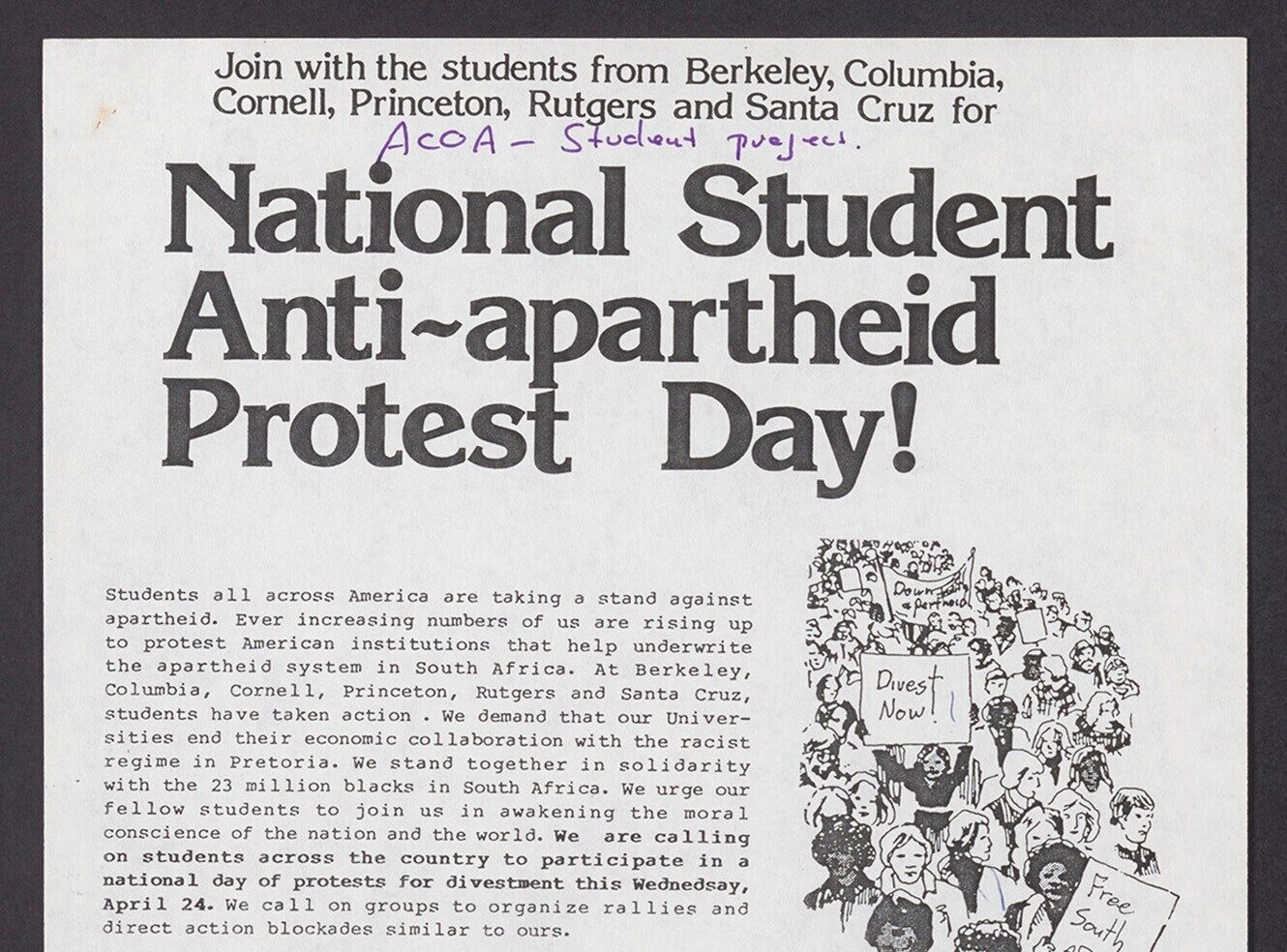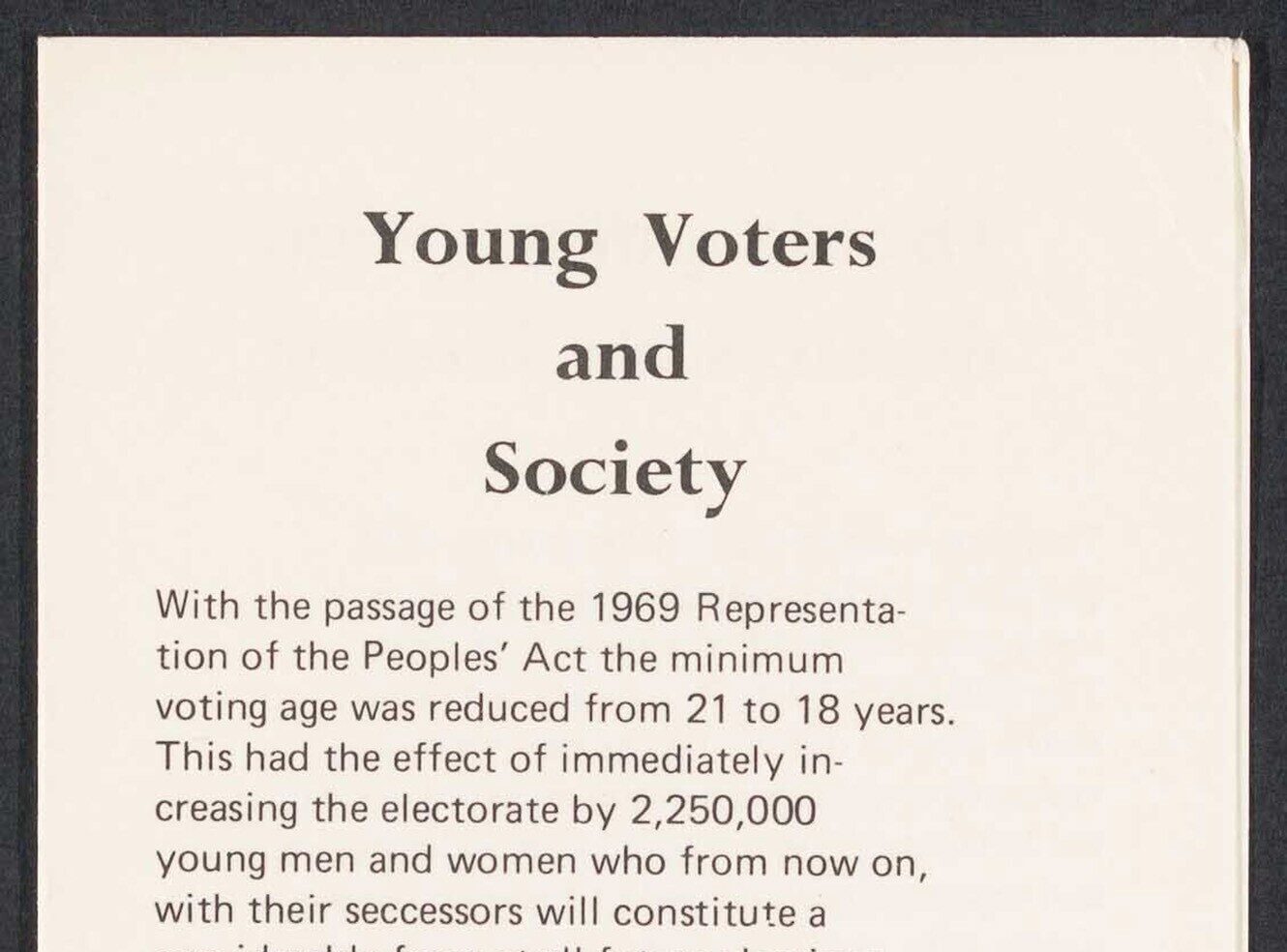The thunderbolt has fallen: Memorialising Lincoln

Image © The Gilder Lehrman Institute of American History. Further reproduction prohibited without permission.
On April 14th 1865, America’s ruinous Civil War seemed finally to be drawing to a close. Five days earlier, General Lee had surrendered his army and to those walking Washington’s corridors of power, the war seemed all but won. However many in the South were still desperate to revive the Confederate cause, including John Wilkes Booth and his three co-conspirators.
The facts of the night are well-known. Enjoying a rare evening off, Abraham Lincoln joined his wife in the presidential box of Ford’s Theatre for a performance of a popular farce. When an opportunity arose to gain entry, Booth burst in armed with a pistol, shot the president in the head and escaped into the audience below. Early the next morning, the “Great Emancipator” would succumb to his wounds. 
Image © The Gilder Lehrman Institute of American History. Further reproduction prohibited without permission.
Devastated northerners entered into a period of mourning and at the pulpit sorrowful sermons were dedicated to the nation’s grief: ‘The thunderbolt has fallen. Every home in the land is desolate; and the toiling bells and the wailing cannon are the audible breaking of a nation’s heart’. For three weeks, Lincoln’s funeral train travelled from the capital to his home in Illinois, stopping for memorials that attracted hundreds of thousands of mourners. Stereocards from these events show streets decorated with sober, black bunting and jammed with spectators. Many of those who came to watch wore mourning ribbons featuring the President’s image, just as they had worn campaign ribbons months before. Surviving ribbons and stereocards are included in American History 1493-1945, From the Gilder Lehrman Institute of American History.

Mourning ribbon. Image © The Gilder Lehrman Institute of American History. Further reproduction prohibited without permission.
The assassination of Lincoln would have a profound effect upon the work of popular poet, Walt Whitman, who saw the assassination as an act that ultimately reunited North and South. In his most well-known poem, Whitman imagines Lincoln as a captain who has steered his ship through a dreadful storm. As the ship returns to port amid celebrations, the commander dies and the narrator addresses his corpse: ‘O Captain! My Captain! our fearful trip is done;/The ship has weather'd every rack, the prize we sought is won’. This image of Lincoln as a captain who steered the nation through a tumultuous war has proven enduringly popular with American readers.

Though many have questioned Lincoln’s politics, particularly in relation to slavery, popular responses to his death have ensured that today, 150 years after his death, Abraham Lincoln remains one of America’s most revered leaders and his assassin one of the nation’s most reviled villains.
Module 2 Civil War, Reconstruction and the Modern Age: 1860-1945 of American History, 1493-1945: From the Gilder Lehrman Institute of American History is released in June 2015. Module 1 Settlement, Commerce, Revolution and Reform: 1493-1859 is available now. Full access restricted to authenticated academic institutions who have purchased a license.
Recent posts

The blog highlights American Committee on Africa, module II's rich documentation of anti-apartheid activism, focusing on the National Peace Accord, global solidarity, and student-led divestment campaigns. It explores the pivotal role of universities, protests, and public education in pressuring institutions to divest from apartheid, shaping global attitudes toward social justice and reform.

This blog examines how primary sources can be used to trace the impact of young voices on society, particularly during pivotal voting reforms in the UK and the US. Explore materials that reveal insights into youth activism, intergenerational gaps, and societal perceptions, highlighting their interdisciplinary value for studying youth culture, activism, and girlhood across history.
